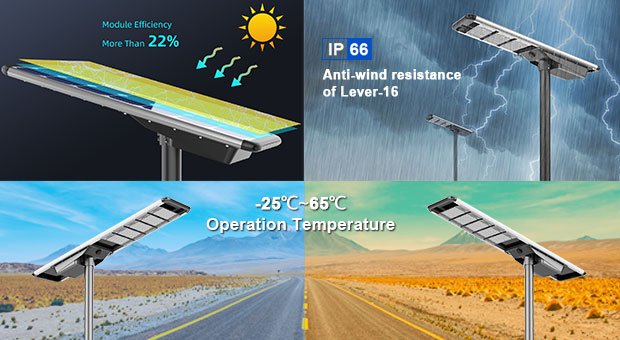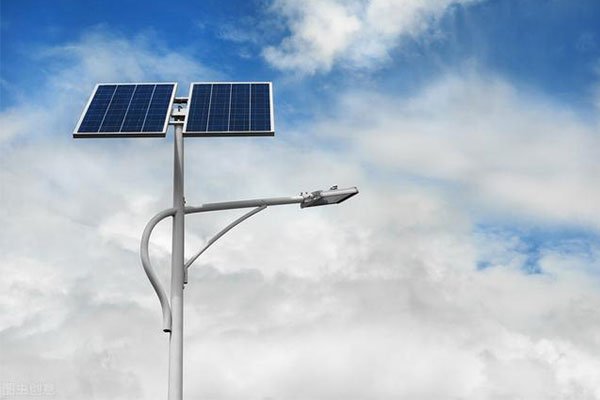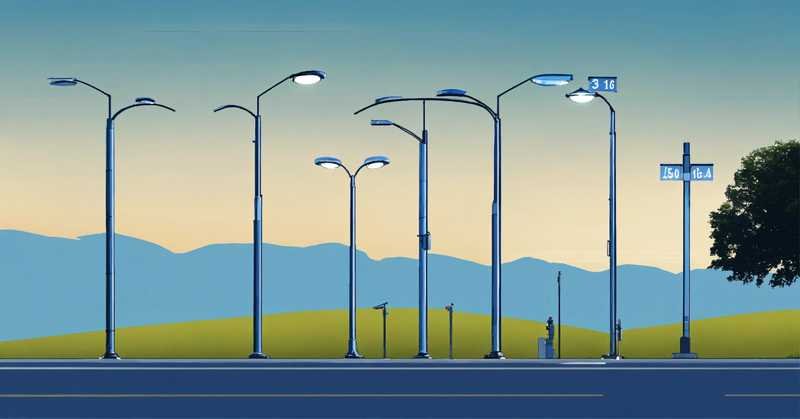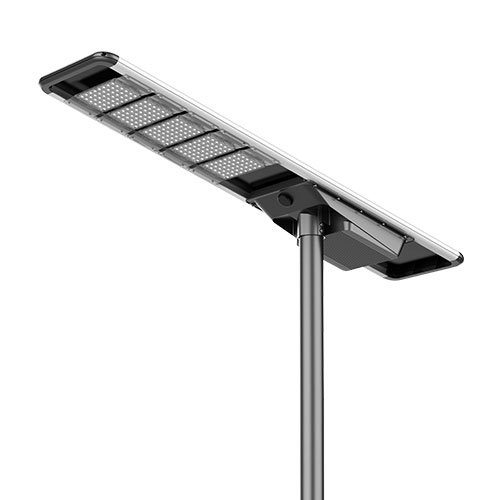Rising energy costs and environmental concerns make traditional street lighting unsustainable. Municipalities and businesses are exploring solar alternatives, but do they really justify the investment?
Yes, solar street lighting systems provide significant cost savings, reduce reliance on grid power, and require less maintenance. With advancements in solar panels, LED efficiency, and battery storage, they offer a reliable and cost-effective alternative to traditional lighting.
While the initial cost may seem high, the long-term financial and environmental benefits make solar street lighting a worthwhile investment. Let’s explore the cost-benefit analysis in detail.
How Much Do Solar Street Lighting Systems Cost?
The cost of a solar street lighting system depends on factors like power capacity, battery type, and location. A complete system can cost anywhere from $500 to $5,000 per unit, including installation.
Breaking Down the Costs
A standard solar street lighting system consists of the following components:
| Component | Estimated Cost (USD) |
|---|---|
| Solar Panel | $100 - $1,000 |
| LED Lamp | $50 - $300 |
| Battery | $200 - $2,000 |
| Controller | $50 - $200 |
| Pole and Mounting | $100 - $1,500 |
Each of these components influences the overall cost. Larger panels, high-capacity batteries, and smart controllers add to the upfront price but improve efficiency and longevity.
Installation Expenses
Labor and site preparation costs also factor into the total investment. Installation costs can range from $300 to $1,500 per light, depending on terrain, pole height, and local labor rates.
Ongoing Maintenance
Compared to traditional streetlights, solar lighting systems have lower maintenance costs. LED bulbs last up to 50,000 hours, and modern lithium-ion batteries can operate efficiently for 5-10 years with minimal upkeep.
What Are the Long-Term Savings of Solar Street Lights?
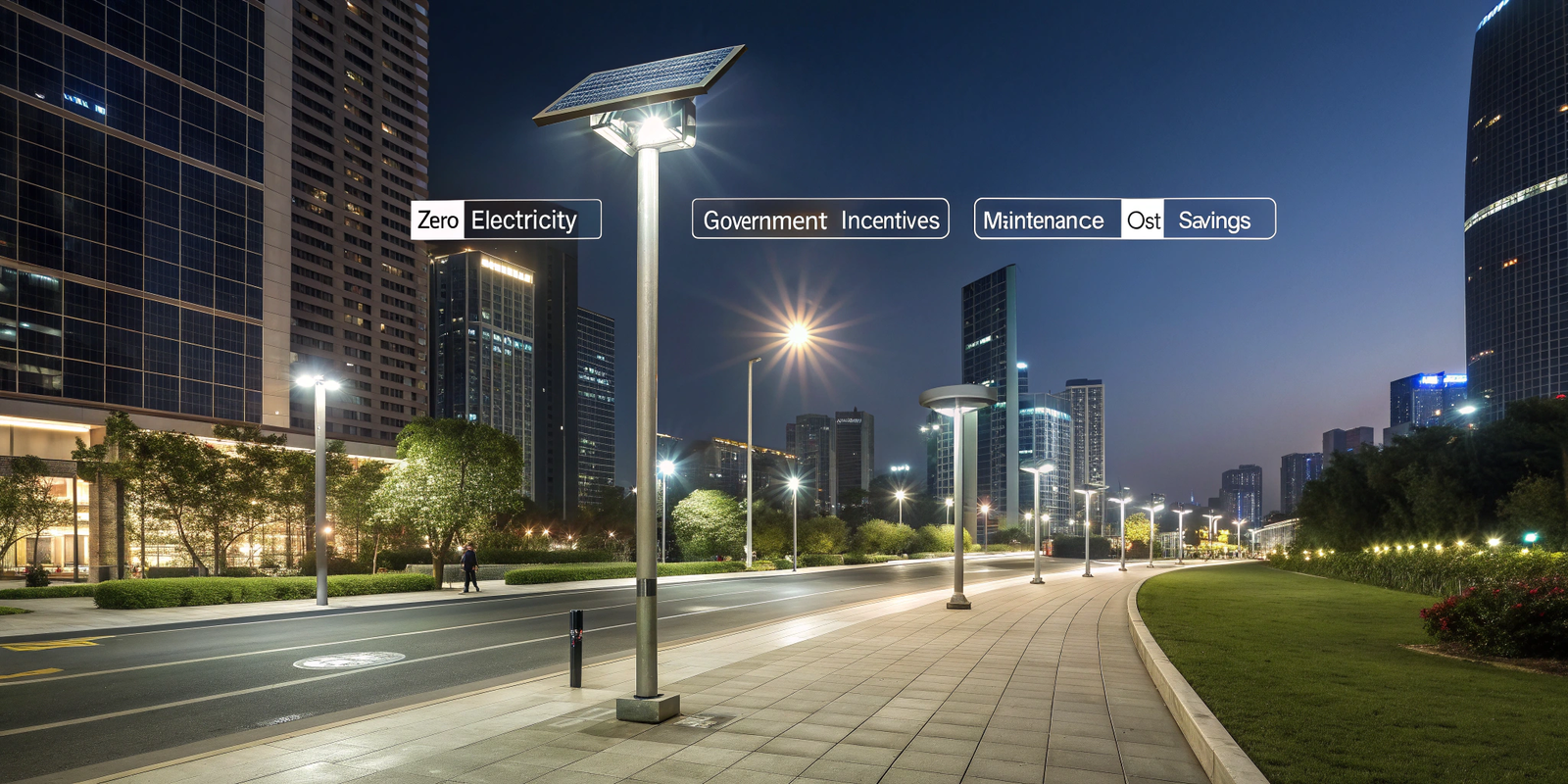
Solar street lights save money by eliminating electricity costs, reducing maintenance expenses, and offering long-term financial benefits. Over 10 years, they can reduce lighting expenses by 50-70% compared to conventional street lights.
1. Zero Electricity Bills
Traditional streetlights depend on grid power, leading to continuous electricity costs. Solar-powered systems generate their own energy, completely removing this expense.
2. Reduced Maintenance Costs
With fewer moving parts and longer-lasting components, solar street lights require minimal maintenance. A well-maintained system can last 15-20 years, significantly lowering repair costs.
3. Government Incentives and Tax Benefits
Many governments and municipalities offer financial incentives for renewable energy projects. These include tax credits, grants, and rebates that can significantly reduce the initial investment cost.
4. Increased Energy Independence
Solar street lights reduce reliance on grid power, making them ideal for remote locations where electricity infrastructure is unreliable or costly to expand.
Are Solar Street Lights Reliable in All Weather Conditions?
Modern solar street lighting systems are built to withstand harsh weather conditions, including heavy rain, snow, and cloudy days. High-efficiency batteries and smart energy management ensure reliable operation.
1. Battery Storage Efficiency
Solar street lights use lithium-ion or LiFePO4 batteries to store excess energy. A fully charged battery can power the lights for 2-5 consecutive nights, ensuring operation during cloudy weather.
2. Durability and Weather Resistance
Solar panels, LED fixtures, and poles are made from corrosion-resistant materials like aluminum and stainless steel. These materials help them endure extreme temperatures and humidity.
3. Smart Controllers for Energy Management
Many solar street lighting systems include smart controllers that adjust brightness based on motion detection or traffic flow. This extends battery life and optimizes energy usage.
How Do Solar Street Lights Compare to Traditional Street Lights?

Solar street lights and traditional street lights differ in cost, maintenance, energy consumption, and environmental impact. Here’s a comparison:
| Feature | Solar Street Lights | Traditional Street Lights |
|---|---|---|
| Power Source | Solar Energy | Grid Electricity |
| Electricity Costs | $0 | High |
| Maintenance Costs | Low | High (frequent repairs) |
| Installation Cost | Moderate to High | Lower |
| Environmental Impact | Eco-friendly | High Carbon Footprint |
| Lifespan | 15-20 Years | 5-10 Years |
While traditional streetlights have a lower initial cost, their long-term expenses due to electricity consumption and maintenance make them less economical over time.
What Are the Environmental Benefits of Solar Street Lighting?
Solar street lights contribute to sustainability by reducing carbon emissions, lowering energy consumption, and utilizing renewable energy.
1. Reduction in Carbon Footprint
Traditional streetlights rely on fossil fuel-based electricity, which contributes to CO₂ emissions. Solar-powered systems eliminate this dependency, promoting cleaner energy.
2. Less Light Pollution
Many solar street lighting systems use directional LED fixtures that minimize light pollution, improving visibility without excessive glare.
3. Minimal Land and Resource Use
Unlike conventional power infrastructure, solar lighting systems do not require extensive land development or cabling, reducing environmental disruption.
My Perspective on Solar Street Lighting Investment
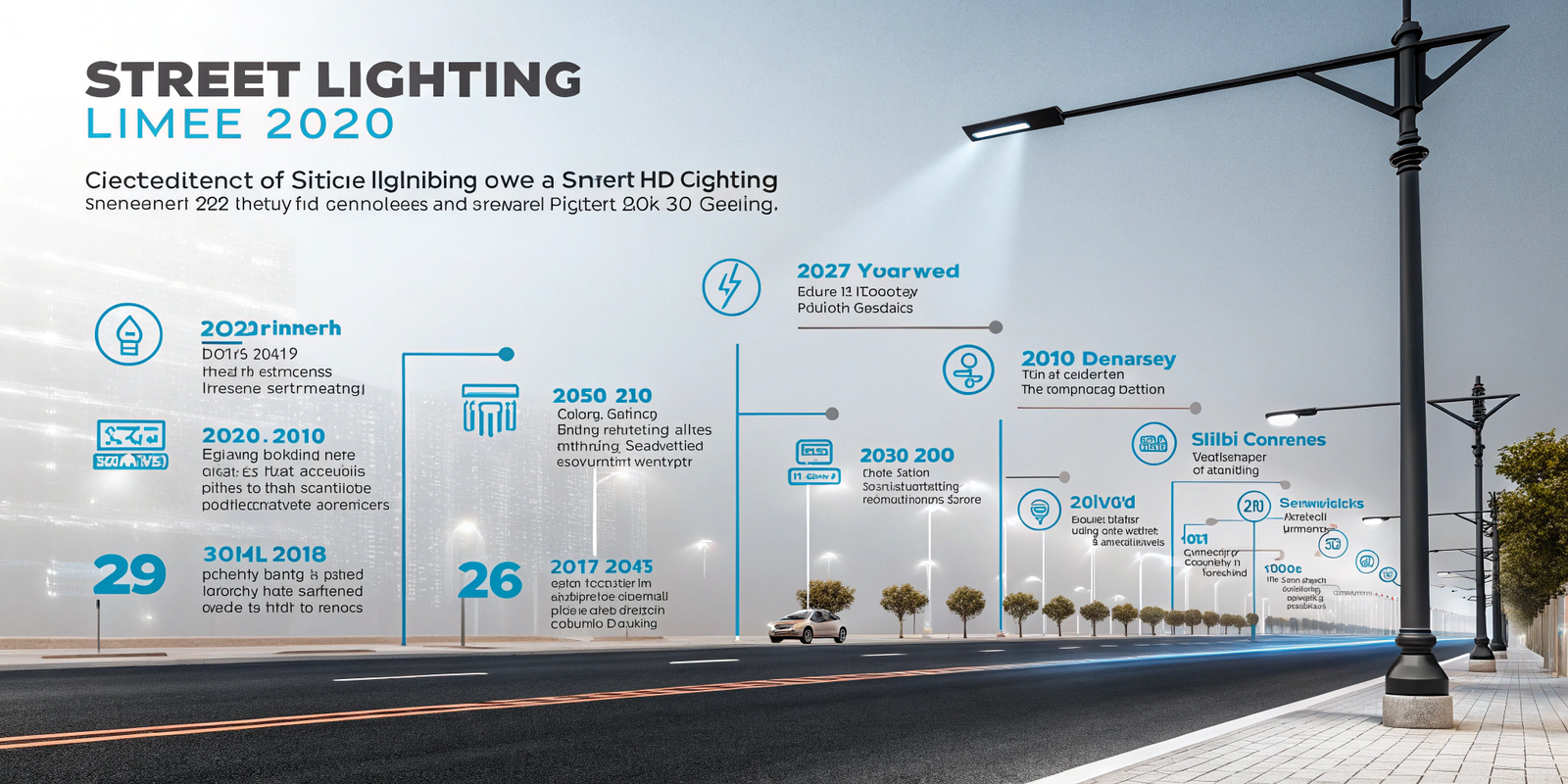
As a business owner in the solar energy sector, I have witnessed firsthand how solar street lighting systems benefit municipalities, businesses, and remote communities. Here’s my take:
- For businesses, the long-term savings outweigh the initial cost, making solar street lighting a profitable investment.
- For governments, solar lighting reduces public spending on electricity and maintenance, freeing up resources for other infrastructure projects.
- For developing regions, solar street lights provide reliable lighting in areas without electricity access, improving safety and productivity.
The demand for sustainable lighting solutions is growing, and technological advancements continue to improve efficiency and affordability. Investing in solar street lights today means securing cost-effective, eco-friendly lighting for the future.
Conclusion
Solar street lighting systems are a smart investment, offering long-term cost savings, reduced maintenance, and environmental benefits. While the upfront costs are higher than traditional lighting, eliminating electricity expenses and government incentives make them a financially viable option. With increased reliability and efficiency, solar lighting is an essential solution for sustainable urban and rural development.


